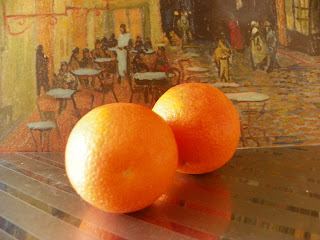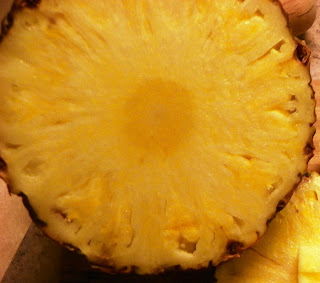Neuroscience describes thinking as a
process of neurons and their dendrites patterning fluid cognition. Thoughts are mental constructions made up
of dynamic, subtle mind-energy. In zen-cuisine, we practice becoming aware of this energy. With 'skillful means', we use this energy to intentionally shape our practice with ease and well-being.
Investigate what's inside a thought. Let go of the habitual thought-content, and simply feel the thought as energy. Sense this energy moving through your body, flowing freely from the heart/mind. If you are not caught up in the narrative, you see beyond the story thoughts are telling. Can you glimpse the true nature of experience arising in each moment?
All thoughts generate energy and this
energetic flow moves from your mind through your body. It flows in constant motion: impermanent and changing each moment. If you pause and explore the nature of thought with awareness, you can sense the
thought-forming energy dissolve back into its underlying formless
substance. You open your heart/mind to boundless inspiration and creativity.
Before you begin to prepare food, set your intention to be as fully present in your life right now as possible. Take a calming breath; inhale and exhale with gentle appreciation of the life-force flowing in and through you. Move mindfully in the kitchen; bring presence into your activities. Savor the ease and sense of well-being found in practicing zen-cuisine. Happy cooking!
Visit Juicy Foods -- the blog with delicious, healthy and affordable zen-cuisine recipes.
































